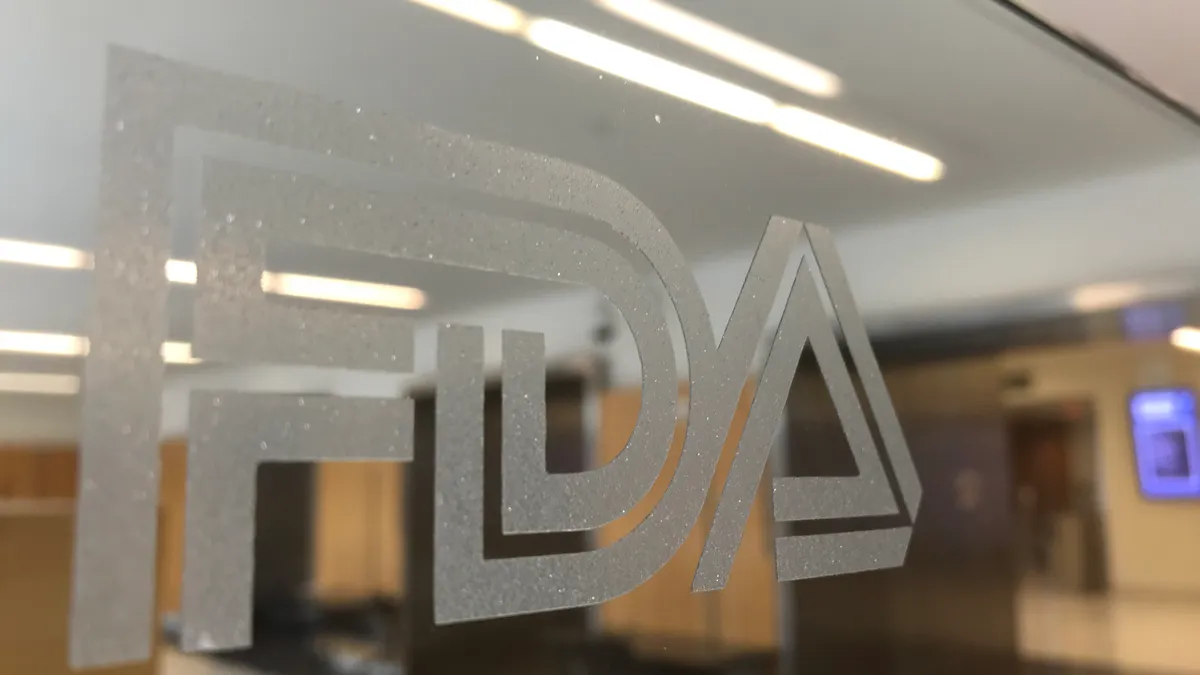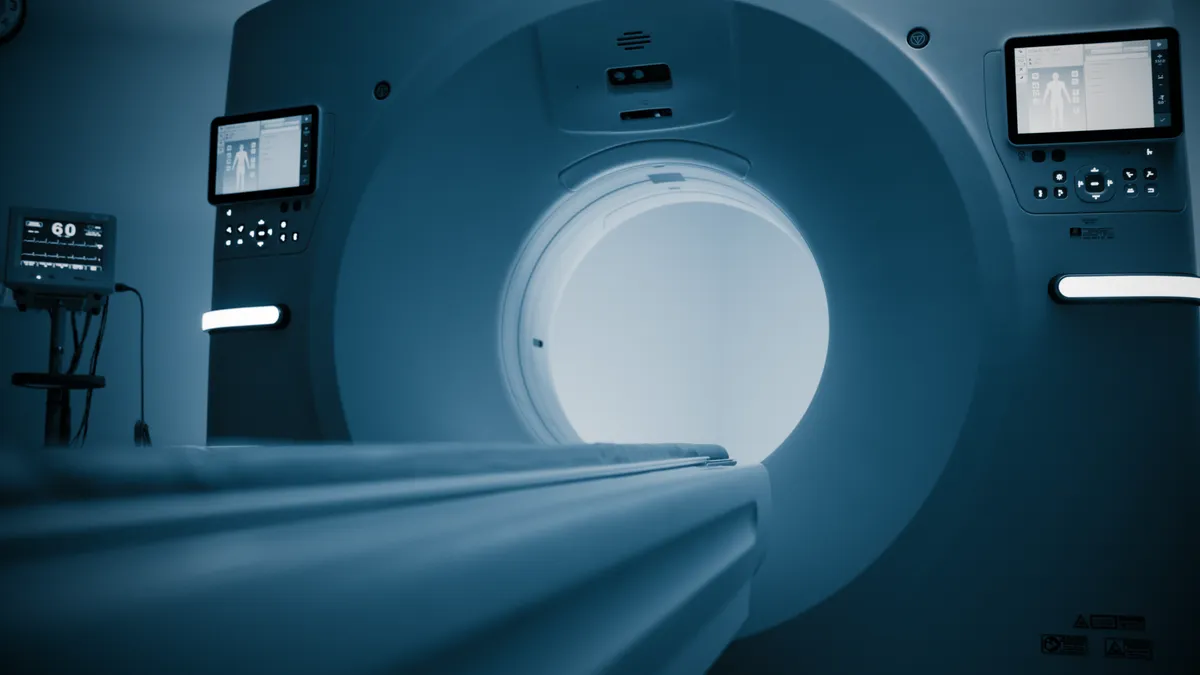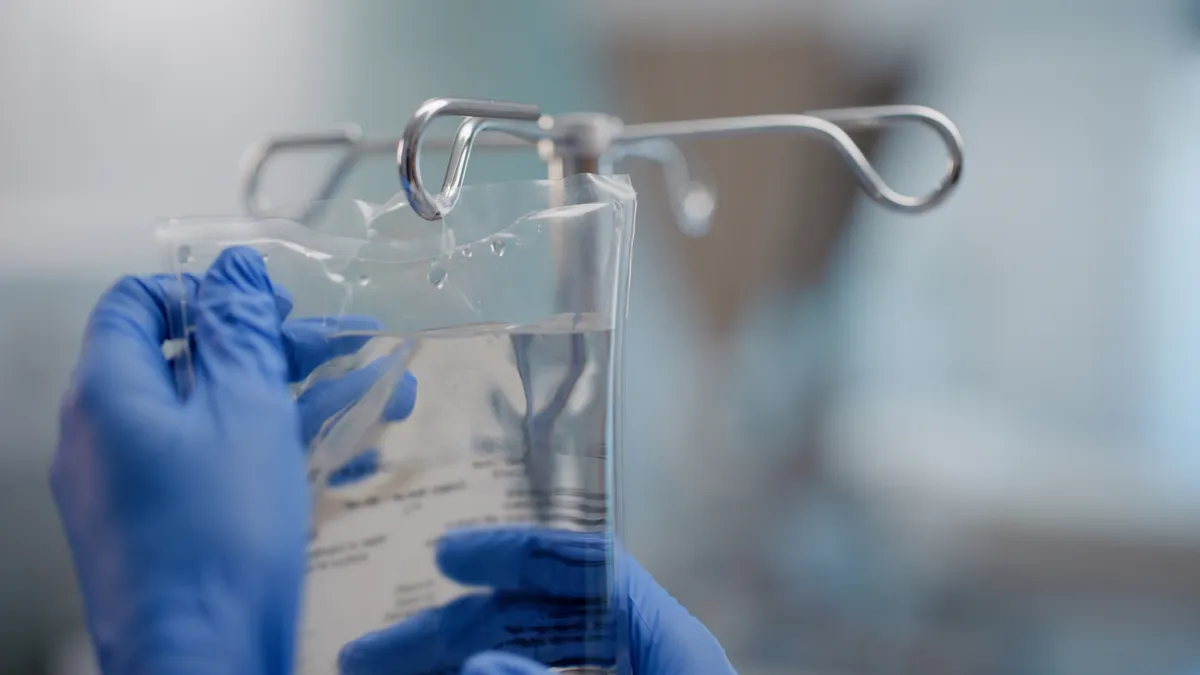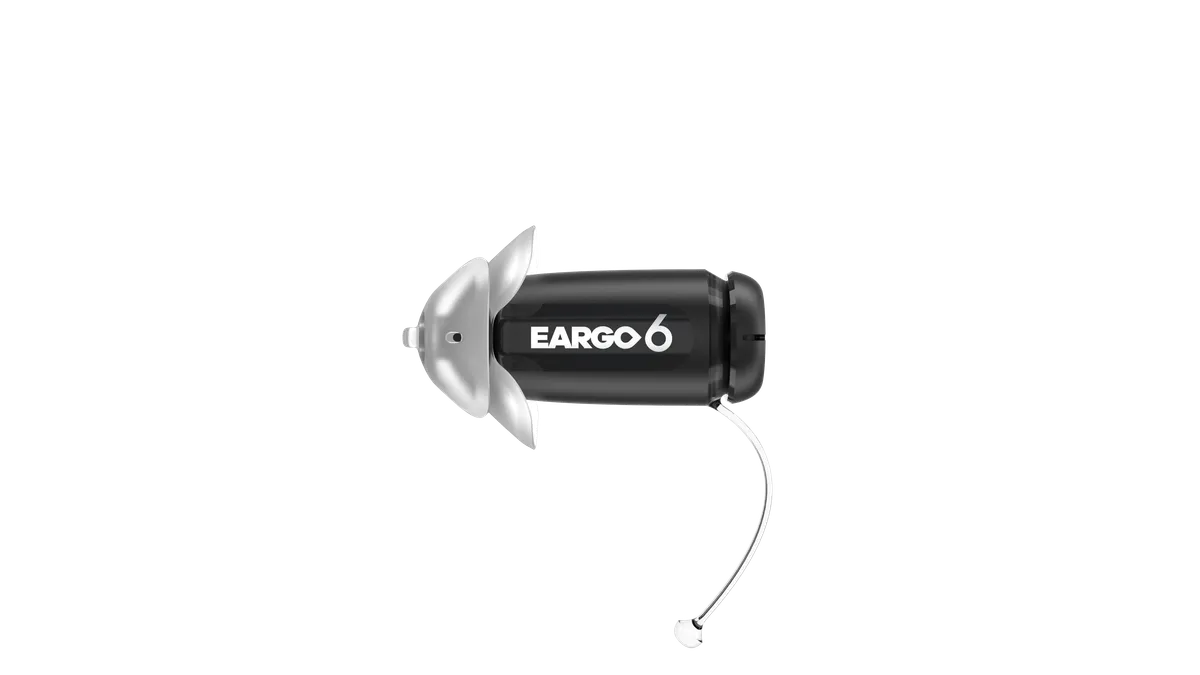The following is a guest post from Jodi Scott and Wil Henderson, Denver-based attorneys in Hogan Lovells' global regulatory practice.
Medical devices are permitted by the U.S. Food and Drug Administration (“FDA” or “the agency”) to be released into the marketplace based, in part, on a demonstration that the benefits to patients and healthcare providers outweigh the risks presented by the device. Where the balance of risks and benefits changes after product release, companies may decide to take action in the field in the interest of patient safety. For the vast majority of these field actions, medical device companies identify the issues and voluntarily act to mitigate the device risk. Very rarely does FDA invoke its mandatory recall authority.
In recent years, the agency has improved its infrastructure and issued several new guidance documents, for use in circumstances where field actions are not triggered by a specific regulatory violation, but rather are based on the manufacturer’s judgment. Still, FDA Associate Commissioner for Regulatory Affairs Melinda K. Plaisier said in an April 2019 press release that “there is more that needs to be done,” adding that FDA “will continue its efforts to improve recalls, and will encourage the use of new technologies and other tools that can assist in those efforts.”
After years of planning, on March 18, 2019, the Center for Device and Radiological Health (CDRH) formally launched its reorganization to integrate CDRH's premarket and postmarket program functions along product lines; enabling agency experts to leverage their knowledge, and optimize decision-making, across the entire product life cycle. This restructuring has likewise resulted in the Office of Regulatory Affairs (ORA) recall coordinators being aligned into specialized product based programs with broader geographical responsibilities.
ORA recall coordinators will handle the day to day interaction with industry and CDRH will make overarching strategic decisions, as well as decisions on recall classification and closure. Companies should build a relationship with their recall coordinator, but appreciate that under the new framework, a company’s recall coordinator may be more geographically distant and busier; making building bridges more difficult.
FDA guidances to help industry navigate corrections, removals and recalls
FDA’s recent guidance documents clarify various aspects of recalls and aid manufacturers in managing, executing, and reporting medical device field actions.
Product enhancements and recalls
A 2013 agency guidance, Distinguishing Medical Device Recalls From Product Enhancements (“Enhancements Guidance”), sought to clarify an issue of much consternation to industry; namely, that deeming every product improvement a recall and/or a reportable correction and/or removal, discourages companies from making improvements when they can.
Companies are often surprised to learn during an inspection that an incremental improvement is viewed by the agency as a silent recall. For instance, a product improvement may have been easy to make but also addresses an underlying deficiency, and, even if product complaints were neither serious nor frequent enough to necessitate a device modification, FDA may view it as a recall.
FDA defines a “product enhancement,” as a change or improvement to a non-violative device as part of continuous device improvement activities. Enhancements are made to better meet the needs of the user, to make the product easier to manufacture, or to change the appearance of the device in a way that does not affect its use. If, however, the change or improvement is to correct a device’s failure to meet specifications, to restore its ability to perform as intended, to improve the product safety, or to address a violation of the FD&C Act, then improvement may well be perceived as a recall.
The distinction between a recall and product enhancement can be a more nuanced question than one might expect, and requires an assessment of all changes individually and collectively and the mechanism for releasing it to the field. Moreover, if the device changes are sufficiently substantial, they may even warrant an entirely new submission to the agency (e.g., a new 510(k)).
Cybersecurity
Dovetailing with the Enhancements Guidance, in December 2016, FDA issued Postmarket Management of Cybersecurity in Medical Devices with recommendations for post-market medical device cybersecurity risk management throughout the entire device lifecycle. In the guidance, the agency noted that changes made to a device solely to strengthen cybersecurity (including routine cybersecurity updates and patches) will typically be considered device enhancements and are generally not required to be reported, so long as the vulnerabilities do not pose a health risk (and the company satisfies certain other criteria such as participation in an information sharing and analysis organization).
Public warnings
The final agency guidance, Public Warning and Notification of Recalls was issued February 8 to help document and expand practices that have been in place for years. The guidance was intended to: (1) outline circumstances when a company should issue a public warning about a voluntary recall; (2) describe the general timeframe, content, and medium for such a warning; and (3) describe situations where FDA may take action to issue its own public warning if it determines a company’s warning is, or will be, insufficient.
Public warnings are deemed appropriate, generally, when the recalled product presents a serious health risk and other means of preventing harm appear inadequate, such as when the ultimate users of a product cannot be readily identified/contacted or, for home use devices, where a malfunction could lead to incorrect treatment administration.
FDA has a long standing policy that Class I recalls must have a press release issued within 24 hours of recall classification. The guidance does not limit the policy to Class I recalls but recognizes some variability in the timeframes for a public warning, with a preference that the warning be issued within 24 hours of an FDA request to do so. Warnings should include a description of the risk, identification of the affected product, and a way for users to contact the recalling firm. Finally, the method for dissemination should maximize its reach to the affected public (e.g., press releases on specialized and general news media outlets, emails, website postings, and/or social media services).
While companies usually have the first opportunity to prepare and issue a public warning during a recall, FDA may deem it necessary to prepare and issue public warnings unilaterally. This can occur when the agency determines that the company’s warning is inadequate; due to timing, content, or reach. The agency may also elect to supplement a company-issued warning it deems insufficient.
Because FDA is not required to work with the recalling firm to ensure the factual accuracy of agency statements, the agency may not always present information or speak as precisely as the company would prefer. Additionally, because the agency’s priority is the public health, it is unlikely to consider the impact on the company’s reputation or other consequences of the communication. Accordingly, if a company believes that a field action may require a public warning, the company should prepare a draft communication in case it is needed.
Recall planning and preparation
The Public Warning Guidance was followed shortly thereafter by the Initiation of Voluntary Recalls guidance (“Preparation and Planning Guidance”), pertaining to how companies can more efficiently respond through preparation when a recall is implicated and describing certain steps a company should take when a product problem becomes apparent.
Agency recommendations fell primarily in three categories: (1) train and empower employees to efficiently respond when called upon; (2) plan for recall communications and other recall-associated reporting requirements; and (3) have information systems in place to identify affected product and determine who received it; all of which are intended to prepare the company to quickly identify and investigate the concern, decide whether a recall and, potentially, public warning is necessary, and work with FDA to take appropriate action.
Preparation can make all the difference when an issue manifests; but every field action is defined by the specific facts and circumstances. While tools can be helpful, companies should not be too tightly wedded to them, as a company may ultimately find itself in a situation that does not conform to the tools. For example, for an implantable device where the issue was not detected until some time after implant, at least one prong of the analysis must consider whether the risks necessitate explantation or watchful waiting; situations unlikely to be reflected in tools.
How are these initiatives affecting industry?
In addition to formal policy initiatives, we have noticed certain other, less formal, changes in the way recalls, corrections, and removals are handled by the agency.
With the reorganization in ORA, recall coordinators appear to be asking more questions and gathering detailed background information to provide to CDRH when presenting the recall. Accordingly, to avoid delays, companies should be prepared to provide all of the information that the division recall coordinator typically requires, including a summary of the relevant CAPA, and the company’s HHE.
FDA is increasingly incorporating the postmarket experience of some devices into the premarket process for others. When a product experiences a recall or other safety concern, the agency will pay careful attention to the potential for comparable issues to occur in the next product under review. Companies should be prepared to discuss the issues that have compromised their peers, including how the issue has been proactively addressed.
We are also seeing the agency question the adequacy of corrections and whether companies have sufficiently evaluated and validated their actions. For example, when Instructions for Use are modified, we have seen FDA ask whether the company validated the changes with usability or other testing. We are also seeing the agency question whether product improvements necessitate a new submission and what the company’s plans are for doing so.
Recommendations
Both formally and informally we have observed FDA taking steps to improve the process by which it oversees recalls and public warnings. Monitoring the risk-benefit relationship of regulated products is a major part of the agency’s mission to protect the public health; when there is a shift, the agency is charged with taking action.
Being ready to mobilize your resources, to evaluate and make timely decisions on issues, is crucial. A significant part of this is understanding FDA’s thinking and expectations, as articulated in its guidance documents. When the agency calls upon a company, it is wise to take proactive and responsible action and to carefully consider all potential ways to address the issue, as there are many ways to execute a medical device field action.
Additionally, companies should consider how their actions during a decidedly stressful time will be perceived and be wary of taking positions that may undermine their credibility or damage their relationship with the agency. At the same time, companies should respectfully resist being pressured into actions that may not, ultimately, be in the best interests of customers or patient safety.





















